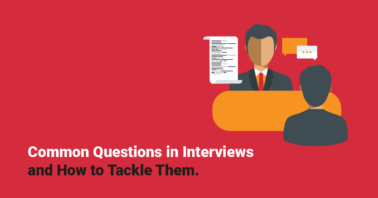Let’s get real: your best employees aren’t “leaving.” They’re opting out.
They’ve stopped arguing for change. Stopped believing you’ll listen. Instead, they’re drafting exit emails in their heads while nodding in meetings.

This isn’t about “quiet quitting”—it’s about loud leadership failures. And if you’re thinking, “But we offer great perks!”, ask yourself: Why is your top performer suddenly “exploring new opportunities” after three years of silence?
Here’s the uncomfortable truth: Retention isn’t a policy. It’s a daily dialogue. Let’s fix the leaks before your talent pool runs dry.
Table of Contents
1. They’re Bored, Not Burned Out.

The Problem:
High performers crave growth, not grind. Research shows that 68% of employees leave due to lack of career development. If your star employee is stuck reconciling spreadsheets or attending status meetings, they’re not bored—they’re insulted.
The Fix:
- Audit their calendar: Dump tasks that waste their genius. Use Task Prioritization Worksheets to streamline workflows.
- Challenge them: “Here’s a problem even I can’t solve. Want to try?” Pair them with mentors via various Career Coaching Networks.
2. Your “Culture” is a Poster on the Wall
The Problem:
You tout “innovation” but shoot down risky ideas. A Gallup study found that teams with toxic cultures see 18–43% higher turnover. Employees notice the hypocrisy—and they’ll meme about it in their exit interview.
The Fix:
- Walk the talk: If you value creativity, kill the approval layers. Encourage Innovative approaches to build trust.
- Protect your culture: Toxic high-performers cost more than they contribute. Learn how to spot and remove bad apples.
3. You’re Paying in Pizza, Not Respect
The Problem:
A “Thank You” Slack message doesn’t offset 60-hour weeks. 83% of Ugandan employees say fair compensation is their top motivator. Top talent needs proof they matter—not just praise.
The Fix:
- Pay them: Benchmark salaries yearly with industry leaders.
- Can’t afford raises? Offer equity or hybrid freedom.
- Promote quietly: Give them a title bump before they ask. Check out Promotion Frameworks for fair criteria.
4. They’re Human, Not Resources

The Problem:
Your employee isn’t “Jane from Accounting.” She’s a mom, a mentee, a marathoner. Ignore her humanity, and she’ll find a company that doesn’t. FlexJobs reports 63% of employees prioritize work-life balance over salary.
The Fix:
- Ask: “What’s one thing outside work you’d love more time for?” Use Flexible Work Toolkit to redesign schedules.
- Normalize life: Let kids/dogs pop into Zoom calls. Judge-free.
5. You’re Listening, But Not Hearing
The Problem:
Exit interviews are autopsies—useful, but too late. By then, your employee has mentally checked out. Harvard Business Review found companies using “stay interviews” reduce turnover by 30%.
The Fix:
- Host “Stay Interviews”: “What’s one thing that would make you stay here 5+ years?” Use Stay Interview surveys to get internal feedback.
- Act fast: Even small fixes (e.g., ditching a useless report) show you’re serious.
The Bottom Line: Retention is a Love Language.
Employees don’t leave over one bad day. They leave after 100 missed chances to feel seen, challenged, and trusted.
Your playbook:
- Talk less, ask more: Use Employee Pulse Survey to get anonymous feedback.
- Trade control for trust: Read about “Why Micromanagement Kills Talent”.
- Fix the problem, not the symptom: Create a Retention Checklist.
📸Credit: People Matters Global
“Or keep hosting farewell lunches. Your choice.”
Written by Isah Nyombi, BrighterMonday Uganda’s Digital Marketing Specialist—because people don’t quit jobs. They quit versions of themselves they’ve outgrown.





